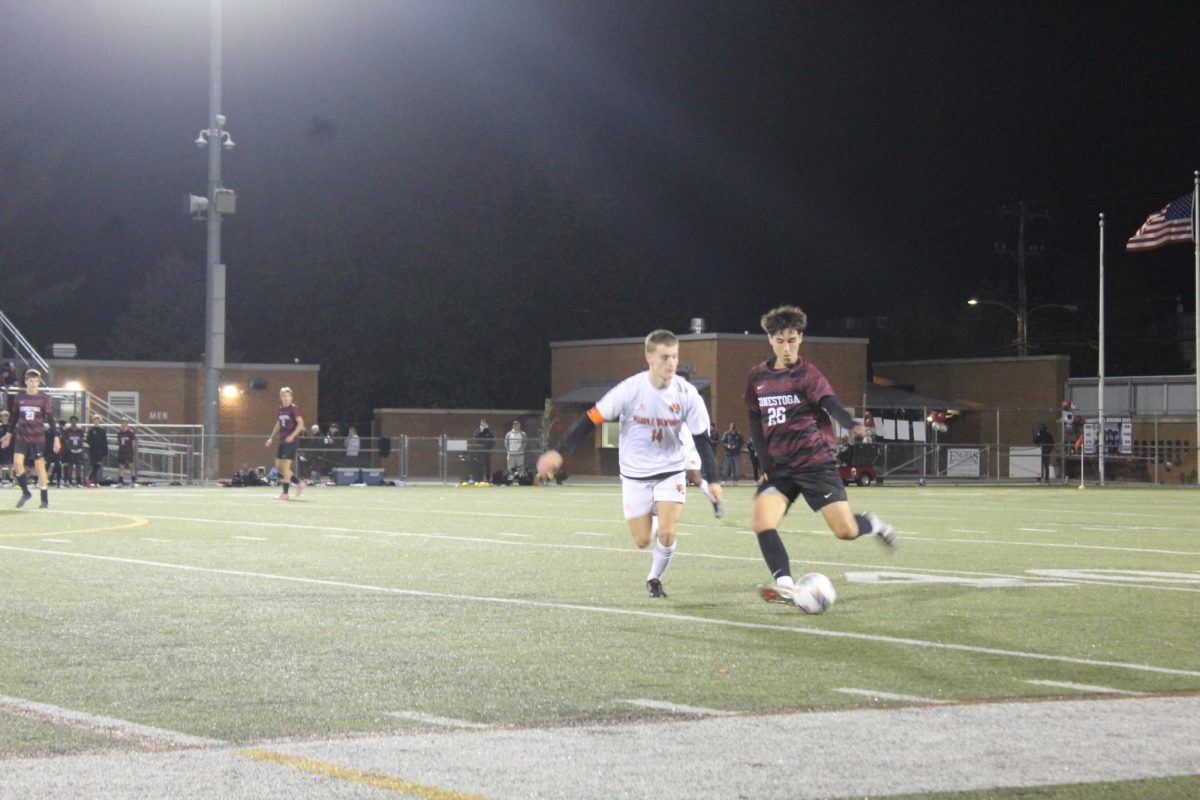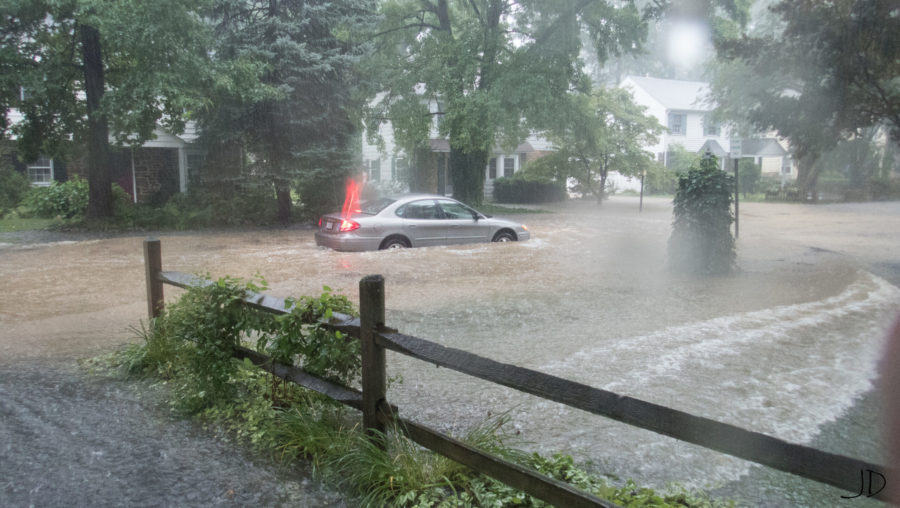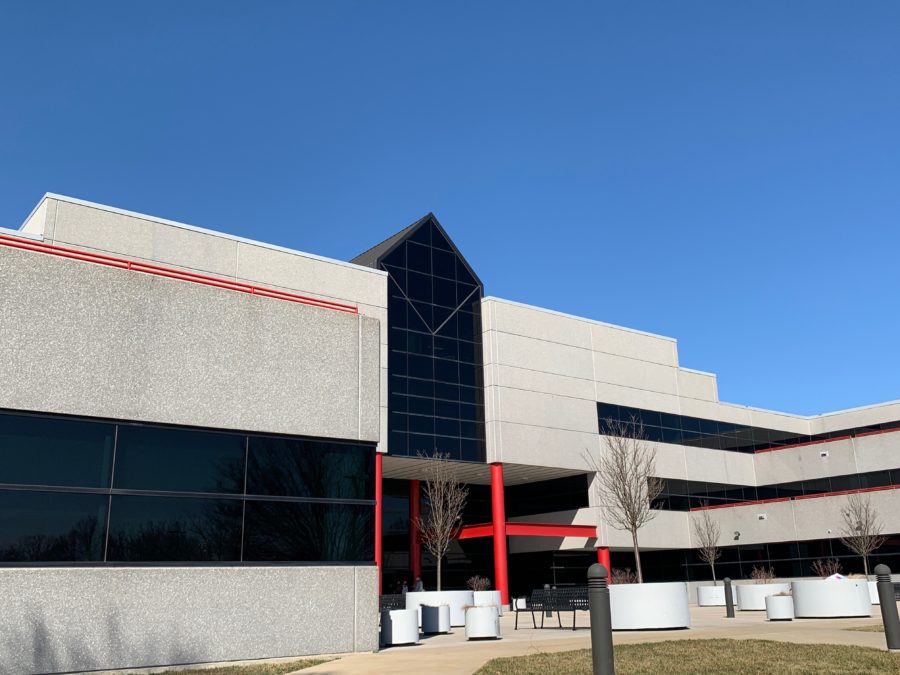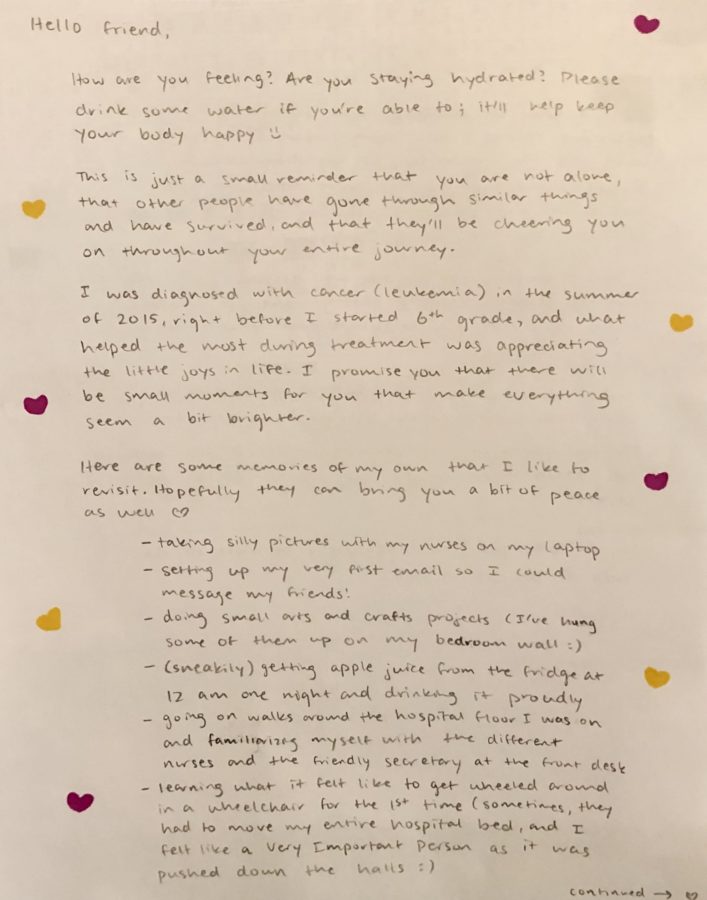By Chanelle Ongagna and Maya Shah, Staff Reporters
In Tredyffrin/Easttown, there are several areas where stormwater builds up due to ineffective systems of management. This has had major effects on residents’ lives through flooding damage done to houses, especially during intense storms. The main concerns are in regard to safety and possible damage done to private property.
Due to climate change, Tredyffrin and Easttown Townships have seen more intensive rainfall over the past few years, resulting in an increase in damage affecting homes in a range of elevations. Damage – whether to property, yards, basements or structure – often has considerable ramifications. Drainage pipes installed beneath yards, bridges and roads are corroding. Additionally, new developments in the township have caused erosion and weakened both bridges and streets.
This summer, junior Nicholas Rinderle witnessed the effects of an intense storm when a tree fell on his house. This left a large hole in his house, forcing his family to move out in order to complete repairs.
“I mean, when the tree fell on the house there was the question of like exposure, just because the house has opened up to the elements,” Rinderle said.
While no one was injured from the accident, Rinderle recognizes that this was incredibly lucky and the effects could have been more severe if they had not been in the basement during the time of the accident.
“We were fortunate in our house that nobody did get hurt,” Rinderle said.
Ray Clarke is a member of the Tredyffrin Township’s stormwater task force, which has been assigned to collect data on the topic and field resident complaints. Clarke says he has also seen some intense damage as a result of stormwater buildup.
“If it’s in the road, it can get pretty deep and people can get stranded, and that can be life threatening,” Clarke said.
Finding solutions has been complicated by COVID-19. Although the task force has continued to collect data from residents during the pandemic, COVID-19 restrictions have kept them from organizing big meetings for residents to voice their opinions and complaints in person.
“That’s a problem,” said Anne Murphy, a member of the stormwater task force,“I think the residents like to feel that their voices count.”
Despite trees causing damage, the task force believes that the township’s tree coverage, or canopy, is an important solution. In Tredyffrin, trees are an effective and natural solution to address flooding and runoff because they prevent buildup of rain and combat erosion. As of right now, the township’s canopy is over 50%, which Murphy says is impressive. However, she says this number might change over time due to construction and external factors.
“Townships have been losing about a half of a percent of their (tree) canopy. So in 20 years it could go from 50% to 40%,” Murphy said.
While the problem is still far from being fixed, the township is on its way to making good progress. Murphy and Clarke say issues like this take time, engagement and resources to fix. However, they are optimistic about their work and committed to eliminating this problem and keeping residents safe.


























































































